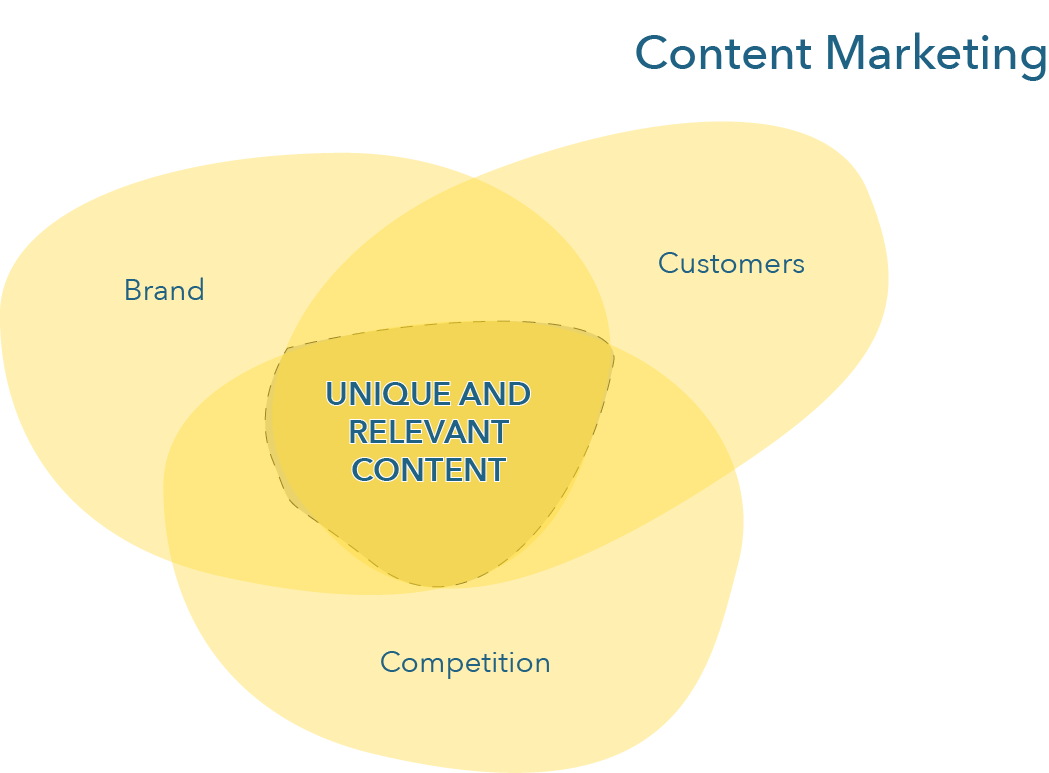The Importance of Creating Content
Content creation is important for two main reasons. First, it helps build a website’s relevance and authority, contributing to its ranking on search engines—according to most marketers, content marketing is the most efficient SEO tactic (Ascend2 2015, cited in marketingprofs.com). Websites with blogs also have four times more pages indexed on search engines, making them more likely to show up during searches (Forbes).
Content is also a cornerstone of customer acquisition strategies, and it is one of the most powerful tools for use in the RACE framework. According to HubSpot, a consumer consults three to five pieces of content during their journey toward making a purchase. Leads generated using inbound marketing efforts are also less costly by about half compared to leads generated using outbound efforts. Inbound leads are also 10 times more likely to convert (vs. outbound ones), and studies have shown that content marketing efforts boost company revenues by an average of 40% (HubSpot).
Creating Content
Before starting content creation efforts, a company should have in mind a clear persona and associated journey, understand its own website, and ideally understand how its competitors are positioning themselves on search engines (i.e., have performed a competitive keyword analysis).
Creating content is a balancing act. First, it is a balance in that you must be similar enough to competitors to address the general needs of the market and look like a trustworthy organization, while being different enough to attract customers. This idea of standing out while fitting in is termed “optimal distinctiveness.”
Second, it is a balance between what you can offer and what consumers want. When creating content, firms need to keep in mind that they should represent the customer. This entails understanding what customers are looking for based on their needs and challenges and how what they need evolves throughout their journey.
Creating unique and relevant content thus entails understanding the market and knowing the codes that organize content production, knowing what specifically about your brand gives it a unique voice (or “brand voice”), and combining these pieces of knowledge to create something unique that will interest consumers and is based on your capabilities, i.e., what you are able to do (Figure 6.1).
Figure 6.1 Content Marketing

Let’s explore this further through the example of creating content on Instagram.

No Comments